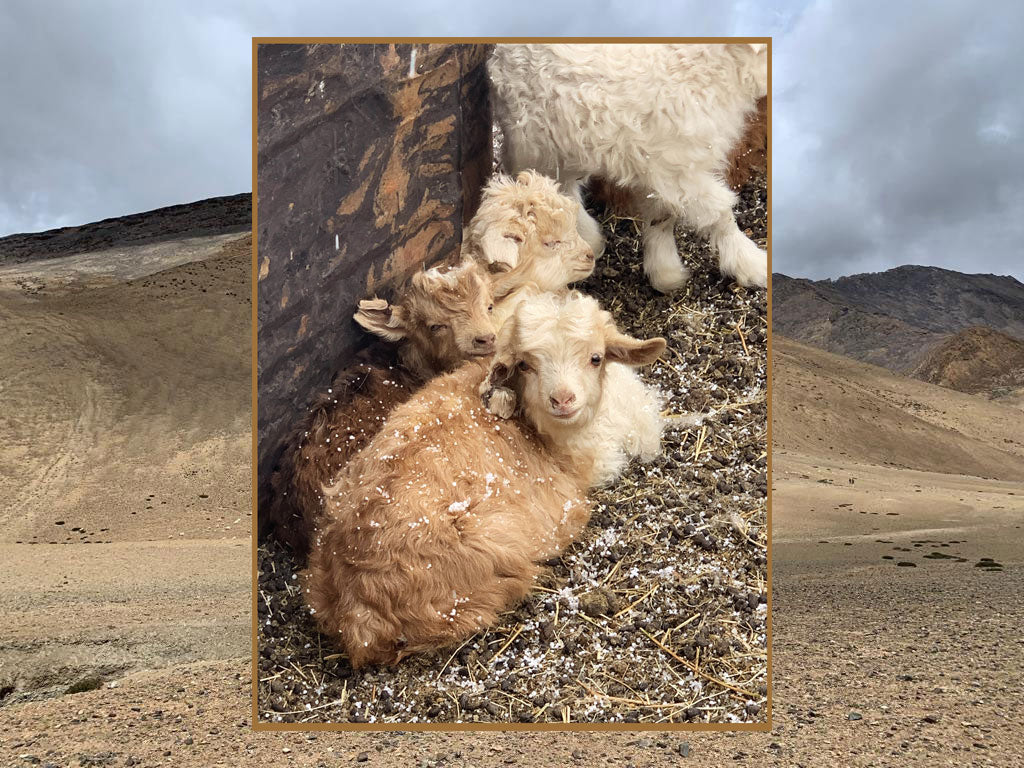
Unraveling the Beauty and Mystery of Pashmina: Everything You Need to Know
In the world of fashion, certain words evoke an air of luxury, elegance, and timeless charm. Among them is "pashmina." This exquisite textile has captured the hearts of fashion enthusiasts worldwide, with its softness, warmth, and unparalleled craftsmanship. But what exactly is pashmina? Let's unravel the beauty and mystery surrounding this coveted fabric.
What is Pashmina?
Understanding Pashmina: Pashmina, derived from the Persian word "pashm" meaning wool, refers to a type of fine cashmere wool that originates from the soft undercoat of Himalayan mountain goats, particularly the Changthangi breed found in the regions of Kashmir, Nepal, and Tibet. These goats have adapted to survive in extreme cold climates, producing a downy underlayer that provides insulation against harsh winters.
Craftsmanship and Production: The production of authentic pashmina involves meticulous craftsmanship and traditional techniques passed down through generations. Each step, from combing the goats to hand-weaving the fabric, requires skill and precision. The wool is collected through gentle combing or shearing during the molting season, ensuring the goats' well-being. Once collected, the wool undergoes a rigorous process of cleaning, spinning, and weaving by skilled artisans.
Characteristics of Pashmina: Pashmina is renowned for its exceptional qualities, making it highly sought after in the world of fashion. Here are some key characteristics of authentic pashmina:
- Softness: Pashmina is revered for its incredible softness, often compared to the touch of a cloud. The fine fibers create a luxurious texture that feels gentle against the skin.
- Warmth: Despite its lightweight nature, pashmina provides exceptional warmth, making it ideal for cold weather conditions. The downy fibers trap heat effectively, ensuring comfort even in freezing temperatures.
- Breathability: Pashmina's natural fibers allow for breathability, regulating body temperature and preventing overheating. This makes it suitable for year-round wear, including cool summer evenings.
- Durability: When properly cared for, pashmina garments and accessories can last for years, retaining their softness and beauty over time. The high-quality fibers are resilient and resistant to pilling, ensuring longevity.
Versatility and Styling: One of the most appealing aspects of pashmina is its versatility. From scarves and shawls to wraps and blankets, pashmina can be fashioned into a variety of garments and accessories, each exuding elegance and sophistication. Whether draped over the shoulders as a statement piece or wrapped around the neck for added warmth and style, pashmina adds a touch of luxury to any outfit.
In a world where fast fashion often prevails, pashmina stands as a symbol of timeless elegance and craftsmanship. From its origins in the Himalayan mountains to its presence on catwalks and red carpets around the globe, pashmina continues to captivate with its beauty and allure. Whether you're seeking warmth, style, or simply a touch of luxury, pashmina remains the epitome of sophistication in the world of fashion.




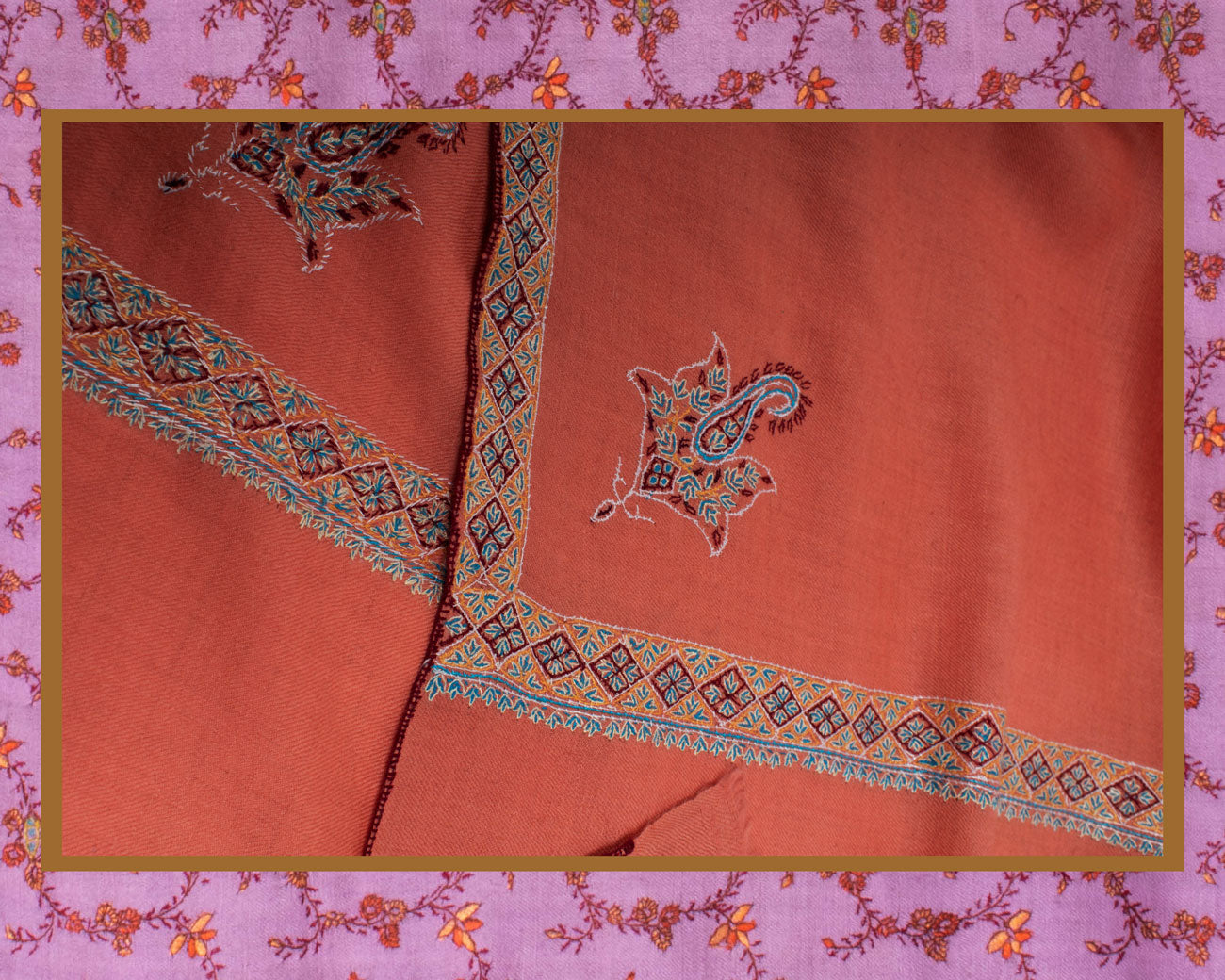
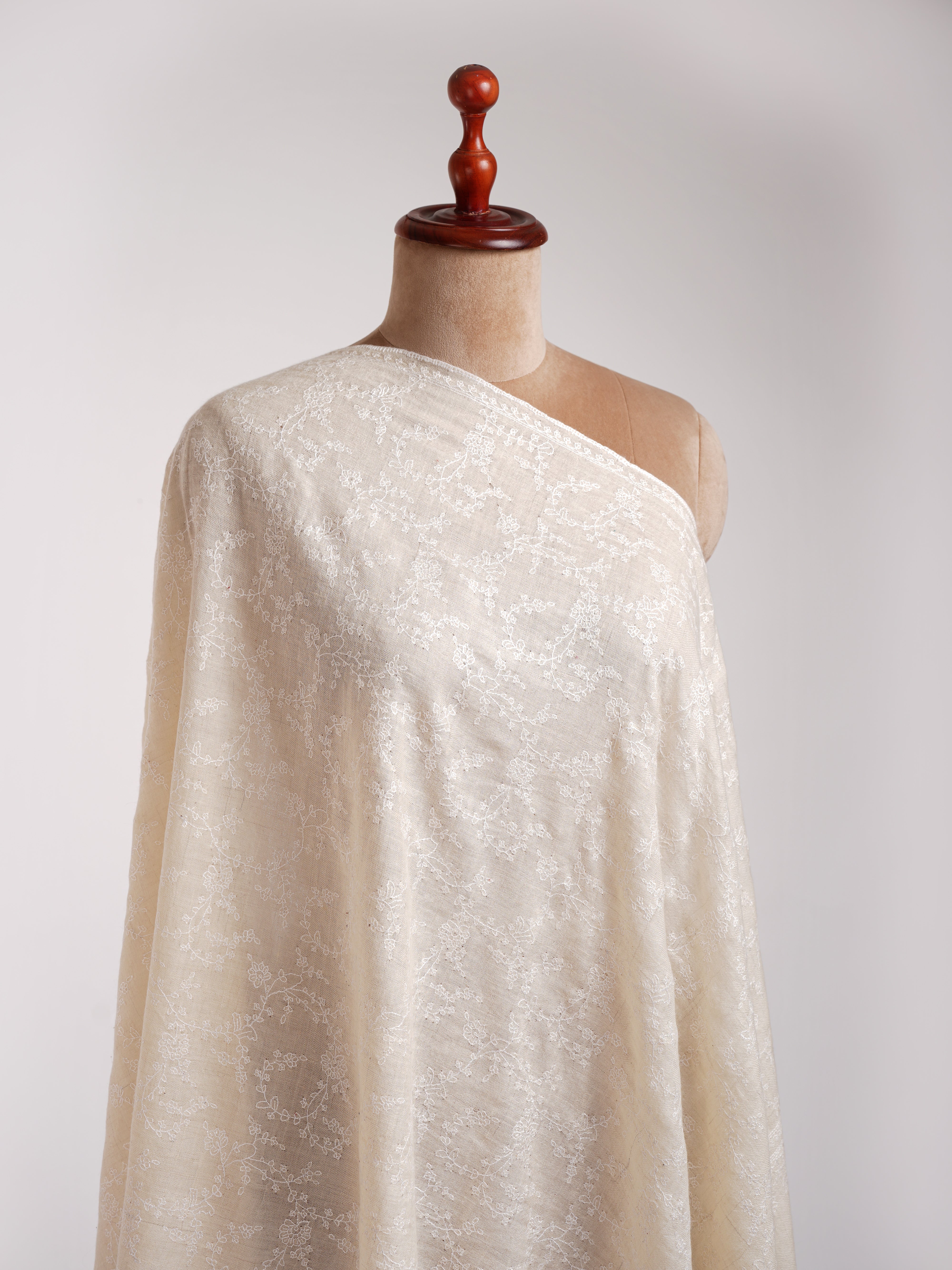
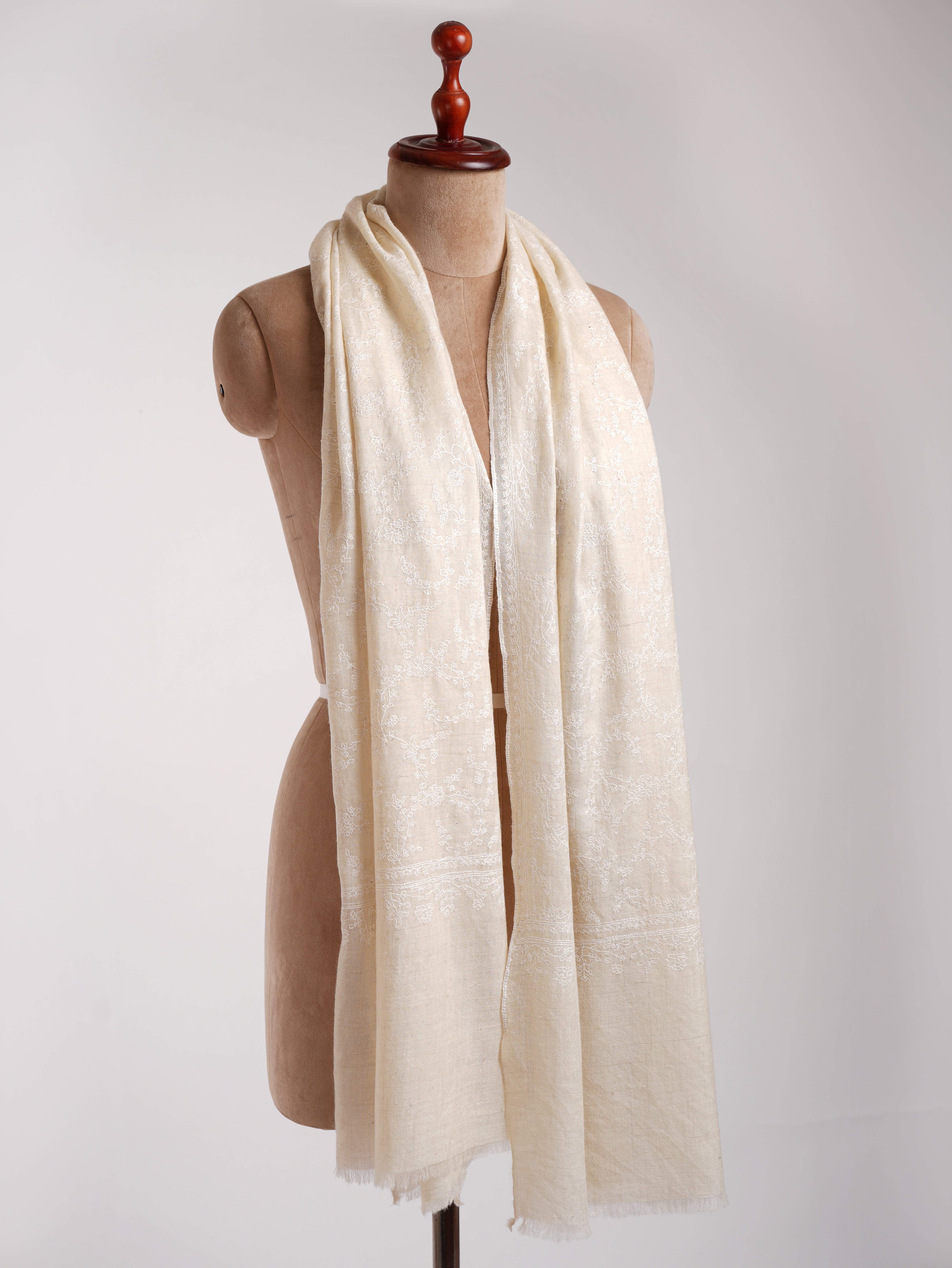
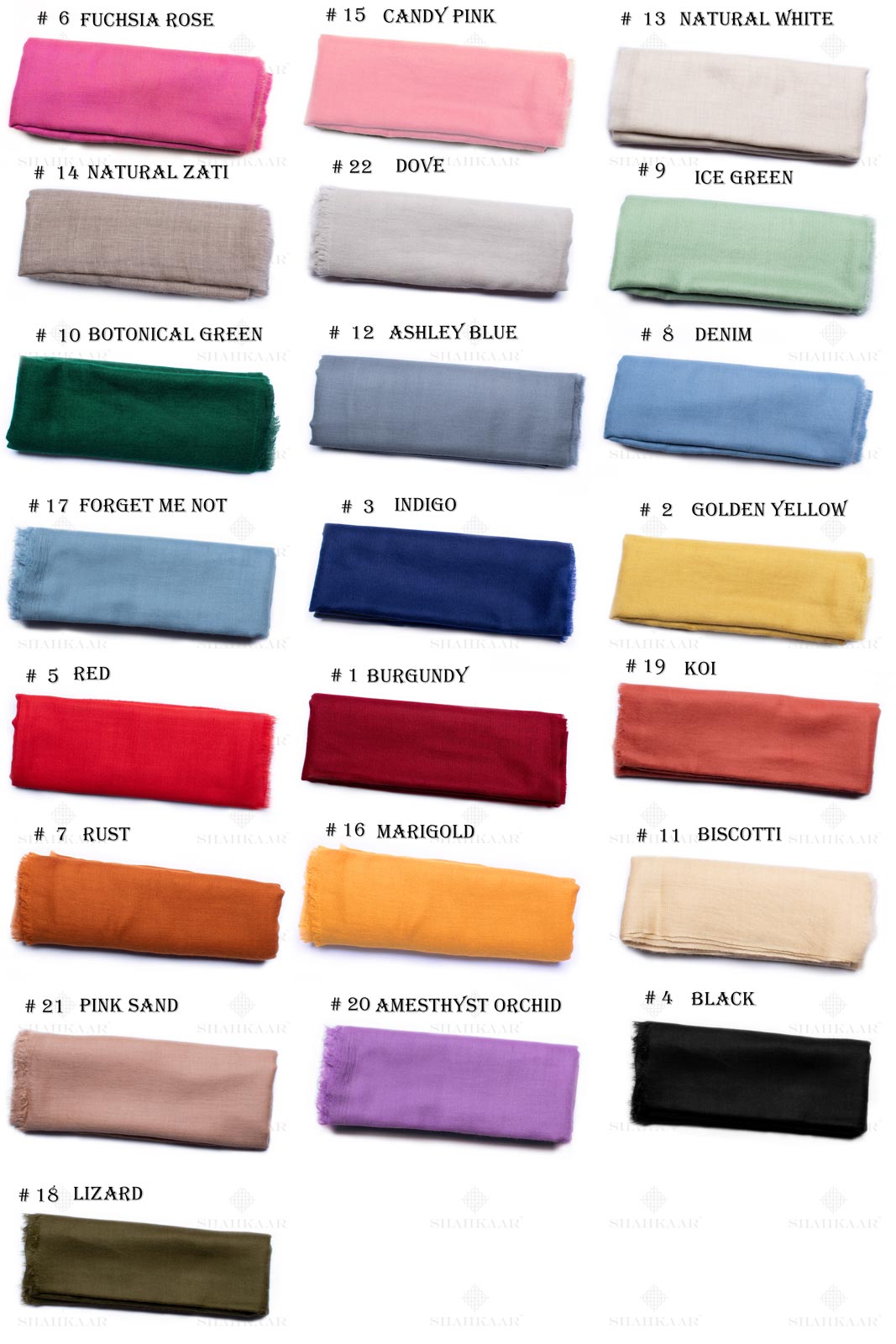

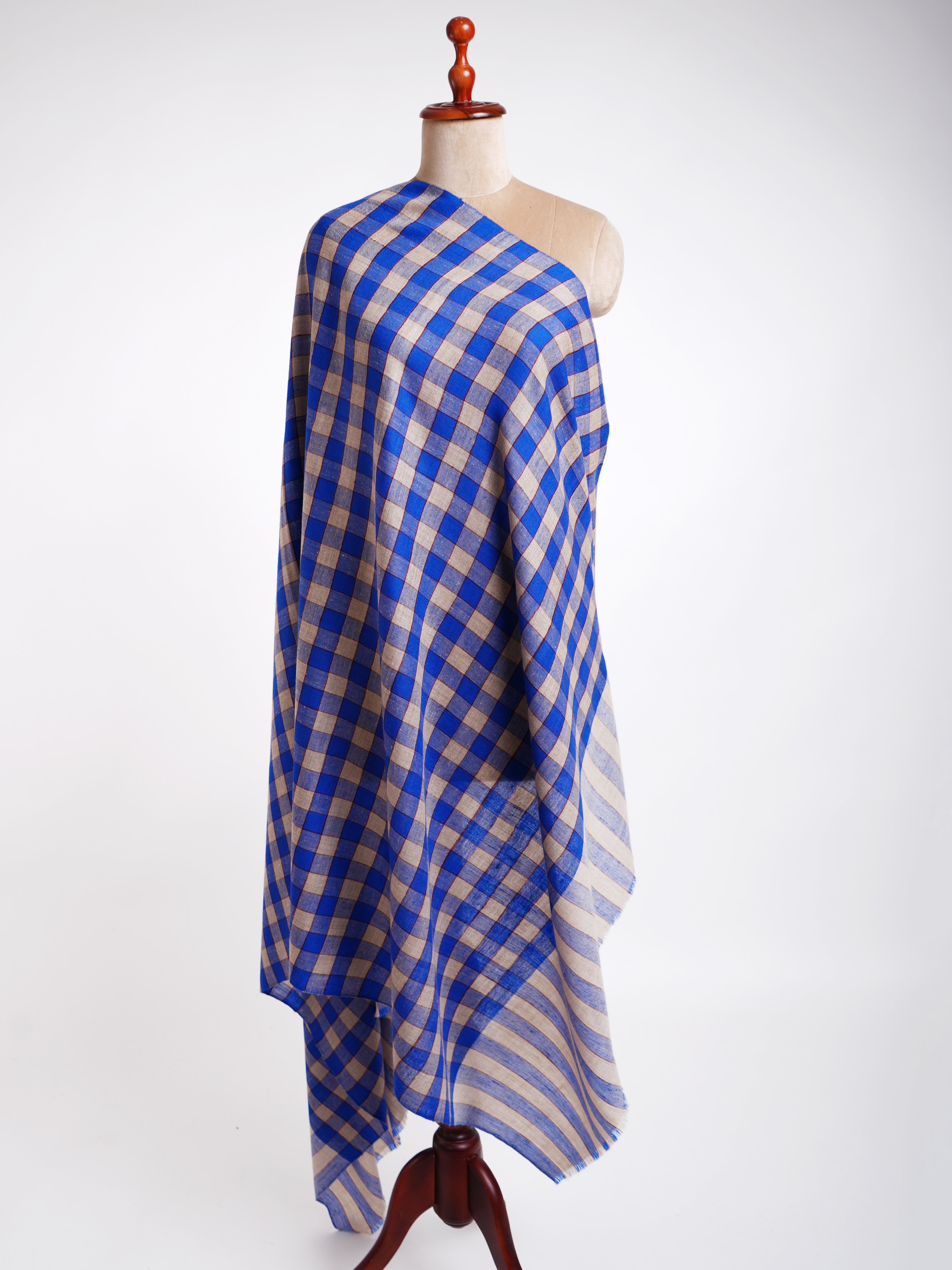
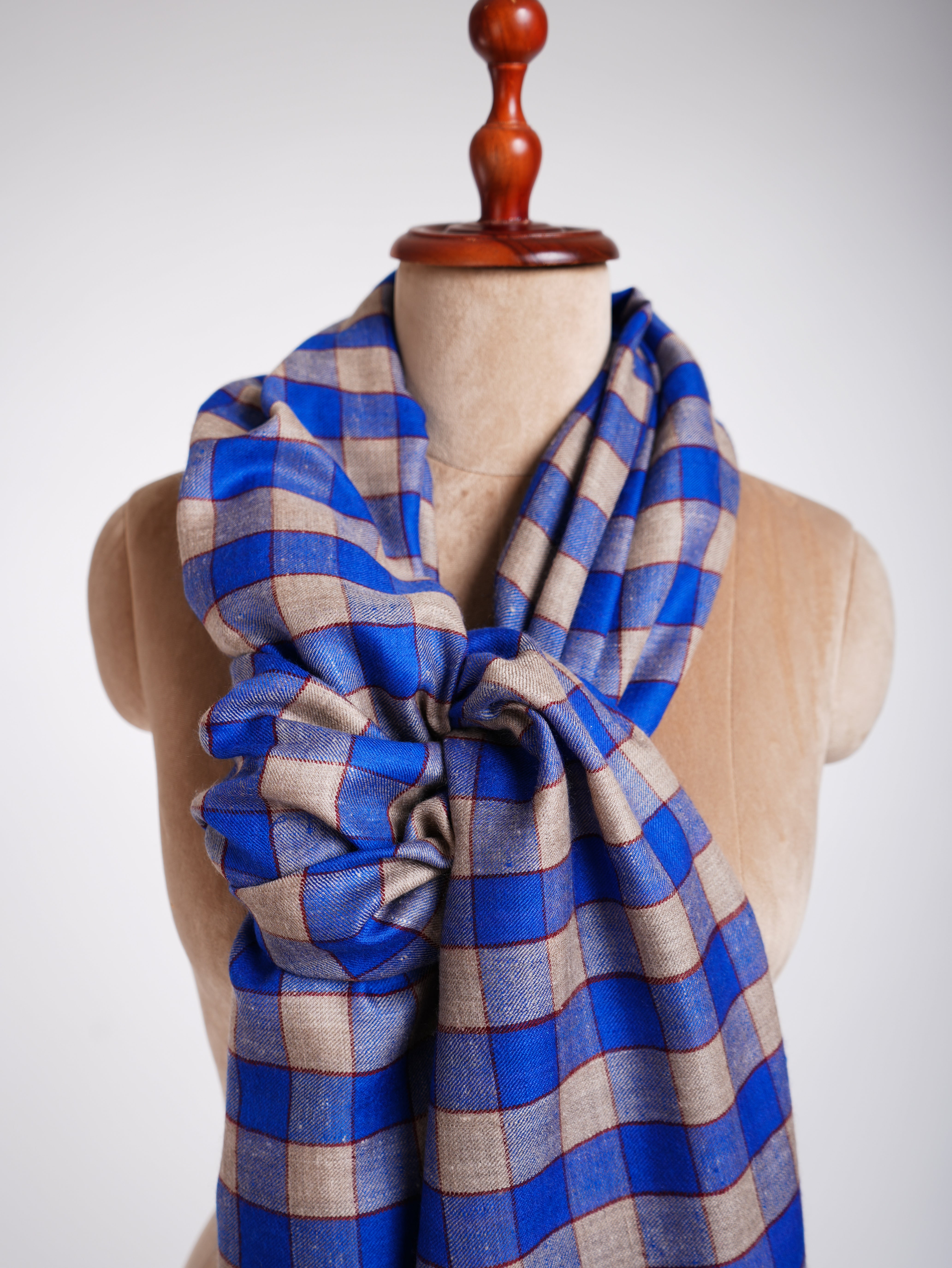
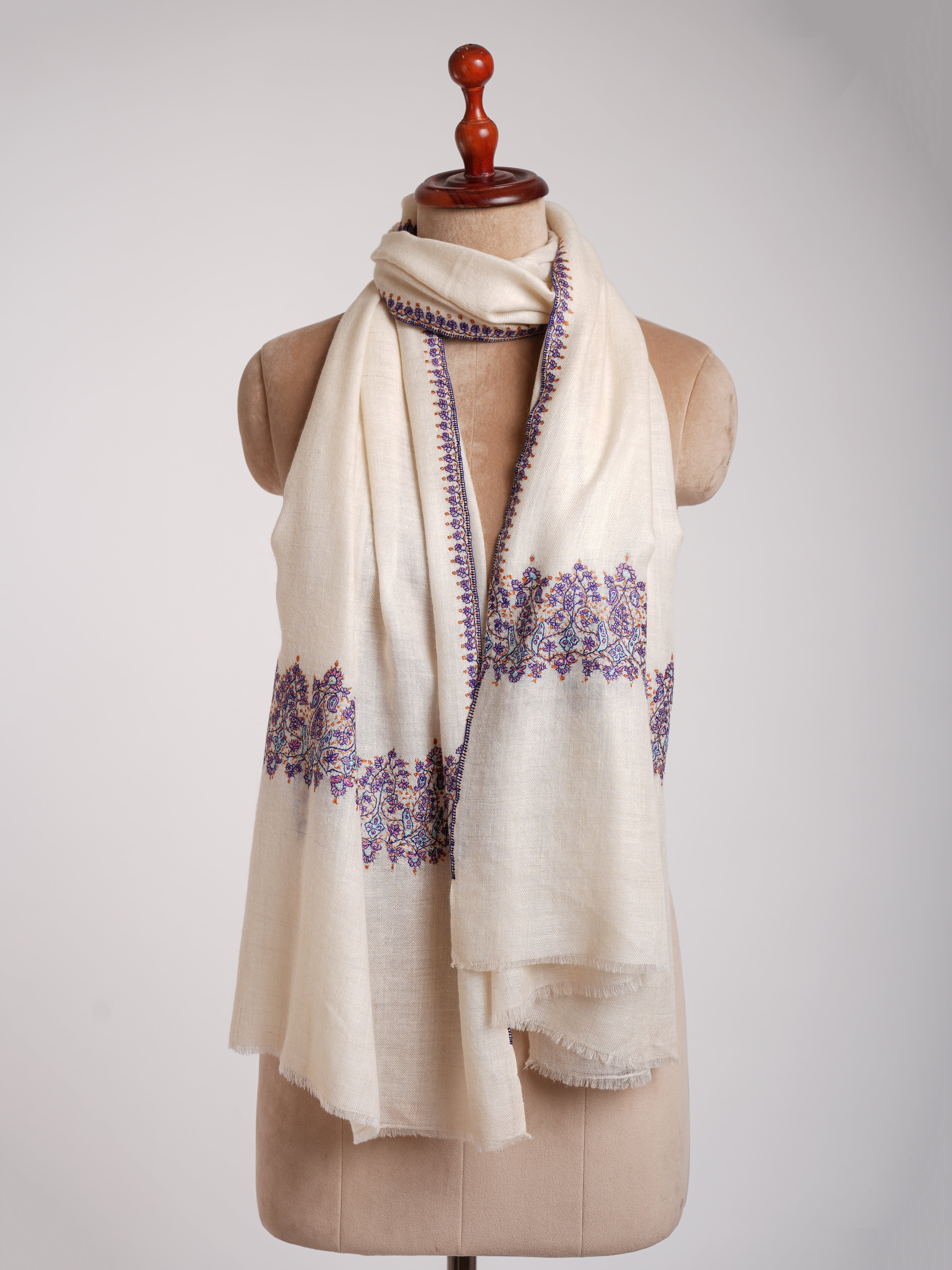
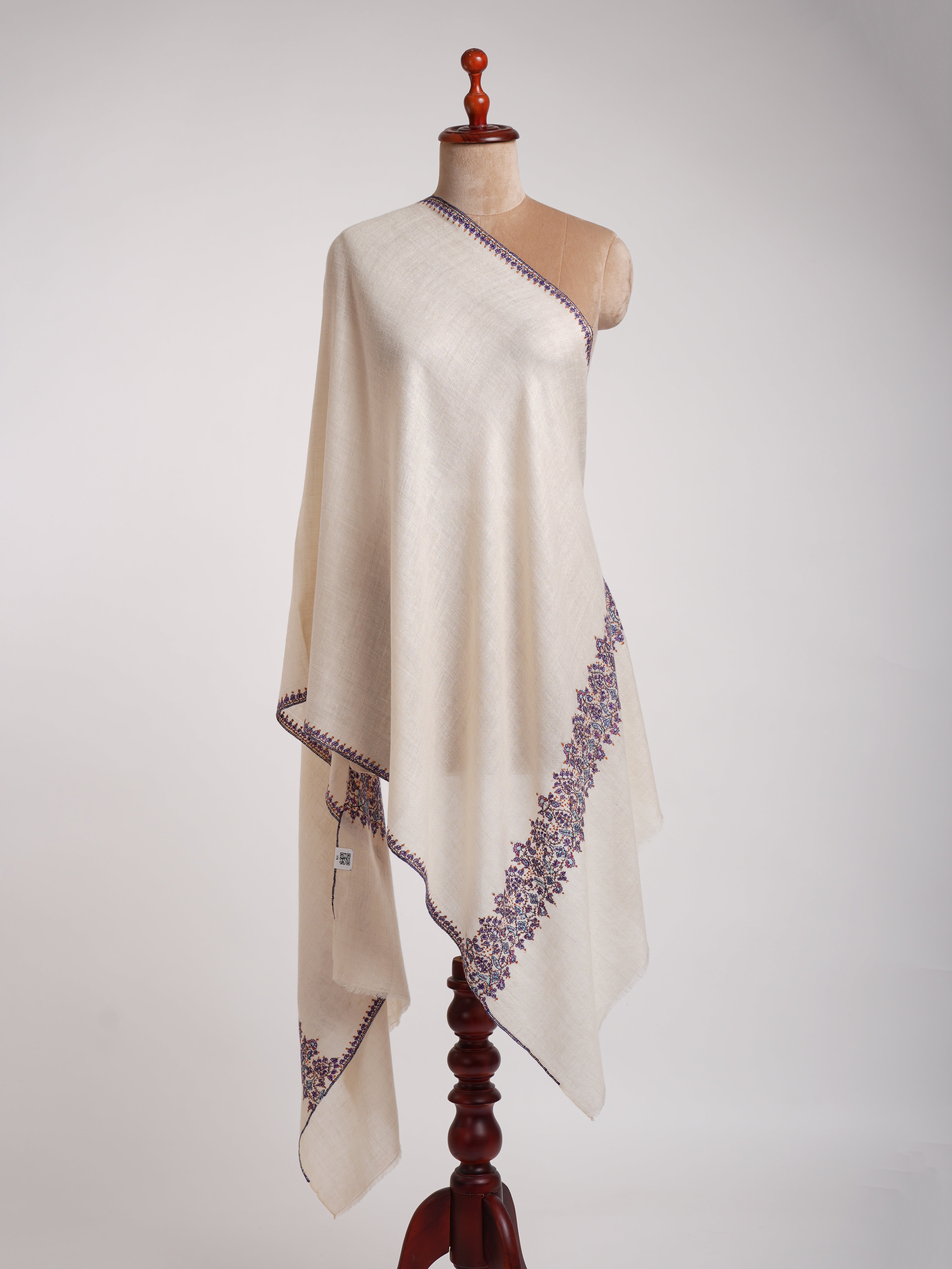


Leave a comment
This site is protected by hCaptcha and the hCaptcha Privacy Policy and Terms of Service apply.